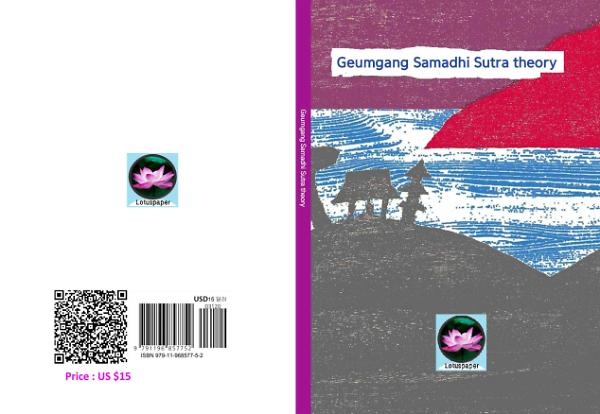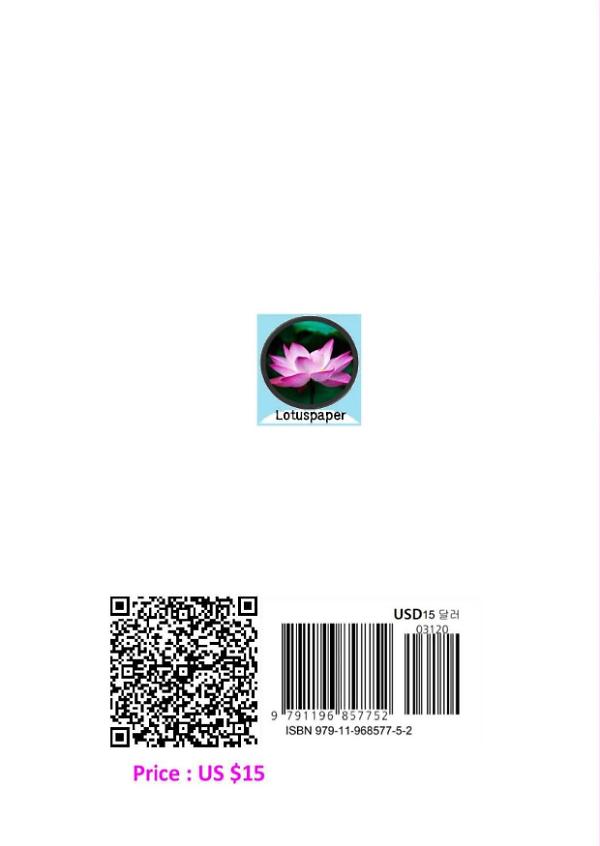According to Buddha's teachings, anyone can become a Buddha. In other words, whether something is born from the womb, from an egg, from moisture, or from nowhere, all can attain Buddhahood.
‘All living things can become Buddha’ [一切衆生 悉有佛性]. The moment we embody this fact with our whole body, beyond our head and heart, we become mindful. ‘Balsim’ is the first step toward a qualitative change in life. In other words, it is to arouse the mind to gain ‘enlightenment’ [發菩提心]. In other words, it is to arouse the mind to obtain ‘unparalleled and equal correct enlightenment’ [發阿耨多羅三貌三菩提心]. For Buddhists, Balsim is the driving force of life and the reason for existence. If the mind becomes the reason for existence, we will have no choice but to practice. That is why the scriptures recommend that you practice it right away.
In 『Mahyayanagi Theism』, “If any sentient being develops correct faith in the very deep realm of the Tathagata and wishes to be free from slander and enter the great path of Buddhism, he or she should use this field to meditate and practice, and then he or she will reach the end of impermanence. “We will be able to reach the Tao,” he says. In other words, if you want to gain insight into the Tathagata's self-indulgence, develop correct faith, and enter the Mahayana path, you must think, understand, practice, and learn with this treatise, which is a textbook of Mahayana Buddhism. Bunhwang Wonhyo further explains that he is recommending immediate practice. If you do that, you will reach the best path.
Bunhwang emphasizes that this represents superior profits. Also, in 『Non』, it is explained, “If a person does not show a timid mind after hearing this Dharma, then this person will definitely succeed the Buddha’s seed and become a mantra to all Buddhas.” Bunhwang explains this passage by distinguishing between those who start practicing right away and those who fail to do so. He divides it into the superiority of the result obtained as a superior benefit and the superiority of the person who practices it. For those who cannot do so, we have no choice but to recommend it because of the benefits.
Again, in 『Non-Confucius』, “Even if a person enlightens all living beings in the three thousand great heavenly worlds and makes them practice ten good deeds, it is not as if someone were to think of this law during a single meal. “This is because it is superior to the previous merits and virtues and can be compared to them.”
Bunhwang interprets this verse, which reveals the greatness of the blessings received by believing, as revealing the greatness of the blessings one receives just by thinking about it during a meal. Next, in 『Non』, it is said, “If a person accepts this 『Kisinron』 and observes and practices it for one day and one night, the merits he will have will be inexhaustible and endless, so indescribable.” Bunhwang interprets this verse as showing that there is no limit to the merits of practicing one day and one night.
In 『Non』, “If any sentient being slanders and does not believe in this 『Gishism』, the consequences of his sin will be great suffering for countless eons. Therefore, sentient beings should only look up to believe, and should not slander, because they will deeply harm themselves and also harm others, severing the seed of all the Three Jewels, and all Tathagatas will attain nirvana through this law, and all “Because of this, the Bodhisattva practices and enters Buddhahood.”
Regarding this passage that reveals the seriousness of the sin of slandering this treatise, Bunhwang 1) reveals the seriousness of the sin of slandering, 2) encourages it, 3) explains the meaning of the seriousness of the sin, and 4) is the seed of the Three Jewels. It was said that the meaning of cutting off was further explained. In 『Non』, Bunhwang viewed the phrase as providing evidence for the phrase, “Bodhisattvas of the past, present, and future have also achieved pure faith through this law.” In addition, Bunhwang concludes and interprets the phrase “all living beings should study diligently” in 『Non』 by recommending that students study.





